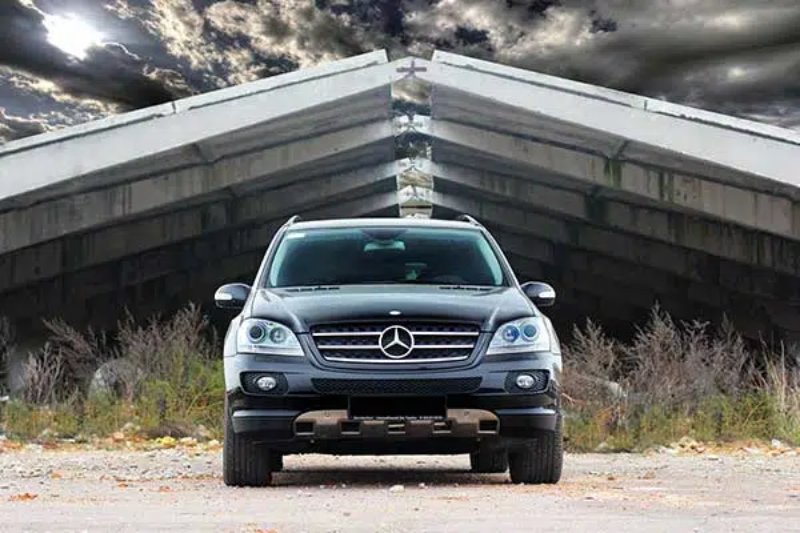Mercedes-Benz Recalls Earlier ML, GL, and R-Class Vehicles Due to Brake Booster Corrosion

The booster in question is supplied by Continental Tire Americas and is identified by part number A1644310627. Enhancing braking performance is the booster’s only and primary goal. As the name suggests, a brake booster is a device that feeds braking fluid into the brake circuit to increase hydraulic pressure to the brake master cylinder, so converting the force of the brake pedal into hydraulic pressure. Additionally, boosters enable drivers to brake with significantly less force.
Following a field report from outside the US reporting an incident in which the driver experienced abnormally low braking force assistance, Mercedes-Benz AG began looking into the problem back in July 2021. The Stuttgart-based firm immediately concluded that rust had damaged the brake booster.
The safety boffins at MBUSA filed recall paperwork with the National Highway Traffic Safety Administration in March 2022 after one case was found in the United States. A startling amount of cars were included in May 2022 recall number 22V-315: 292,287 ML, GL, and R-Class automobiles from the 2006 to the 2012 model year. Why did MBUSA issue a second recall for 15,604 automobiles is the million-dollar question.
It turns out that although though MBUSA appropriately included the recall statuses in all Mercedes-Benz dealer systems, on the business website, and on the NHTSA website, the owners did not receive notice letters. A separate recall for the aforementioned 15,604 vehicles was submitted by Merc after consultations with the federal watchdog.
Thankfully, this flaw has not been known to cause any collisions, injuries, property damage, or worse. Dealers are already supposed to check the brake booster and repair it if needed. One obvious way that the repair part is different from the original brake booster is that the housing isn’t covered by an attractive rubber sleeve.
The 320 series is the first on the list of ML, GL, and R-Class models that are impacted. In Mercedes slang, the number 320 originally denoted a turbocharged V6 diesel; the 320 CDI of that time produced 215 horsepower and 398 pound-feet (540 Nm) between 1,400 and 2,800 revolutions per minute. Do you recall the time Mercedes-Benz used the alphanumeric moniker AMG to market AMG cars? We also recall the R 63 AMG and ML 63 AMG, which are at the opposite end of the range.
Merc produced just 322 R 63 AMGs worldwide, making it one of the rarest AMGs ever. The go-faster minivan has 6.2 liters of naturally aspirated V8 power, much as the ML 63. Production of the R-Class would abruptly end in 2017, although the ML 63 continued to be produced as the GLE 63, using a twin-turbo V8 with mild hybrid assistance.
The GLE 63 S 4MATIC+ SUV will cost $127,700 without a destination fee as of May 2024. The coupe-styled sister will cost you a minimum of $129,050, while the GLS 63 SUV will set you back $145,850 right away. The force-fed lump produces a robust 603 horsepower and 627 pound-feet (850 Nm) of twist from a displacement of 4.0 liters.